Abanotubani
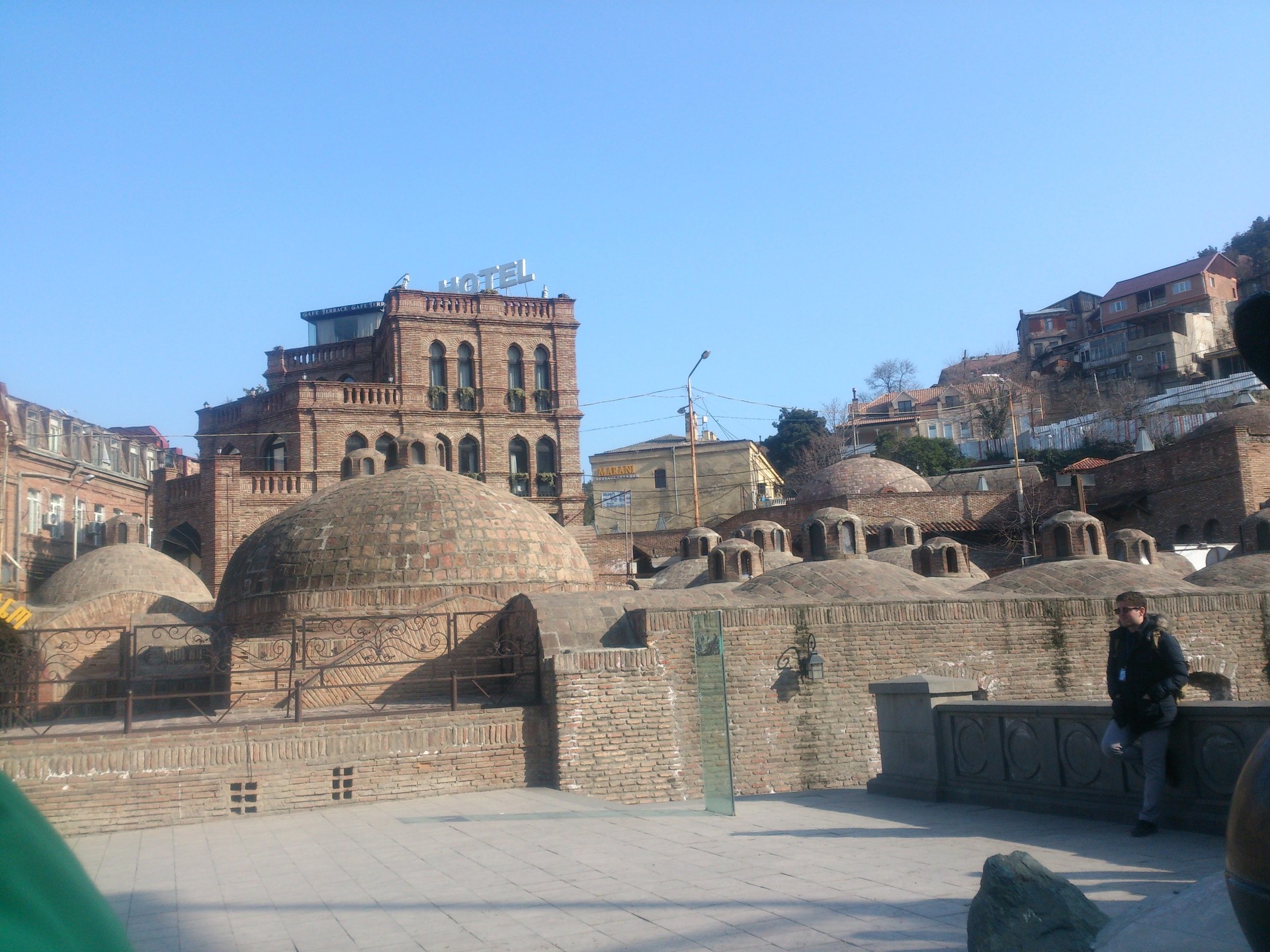
The introduction
Hello everyone, I hope, that you are all doing just fine!
In this article I want to tell you about this place in Tbilisi, which is very popular among tourists and it has become one of the most visited tourists attractions in Tbilisi, if you want to know the truth. This place is called Abanotubani and it means, that it’s a place of baths.
Well, I think, that first thing, when the tourists get to Tbilisi , they go to the Abanotubani, because they have heard about it and, besides, it’s an amazing place to visit and not for the baths, but there are so many places, that you can see and visit there, that people really love going there, I must say. That is the place, where you can just hang out with your friends or sightsee and take some great pictures and enjoy the environment there.
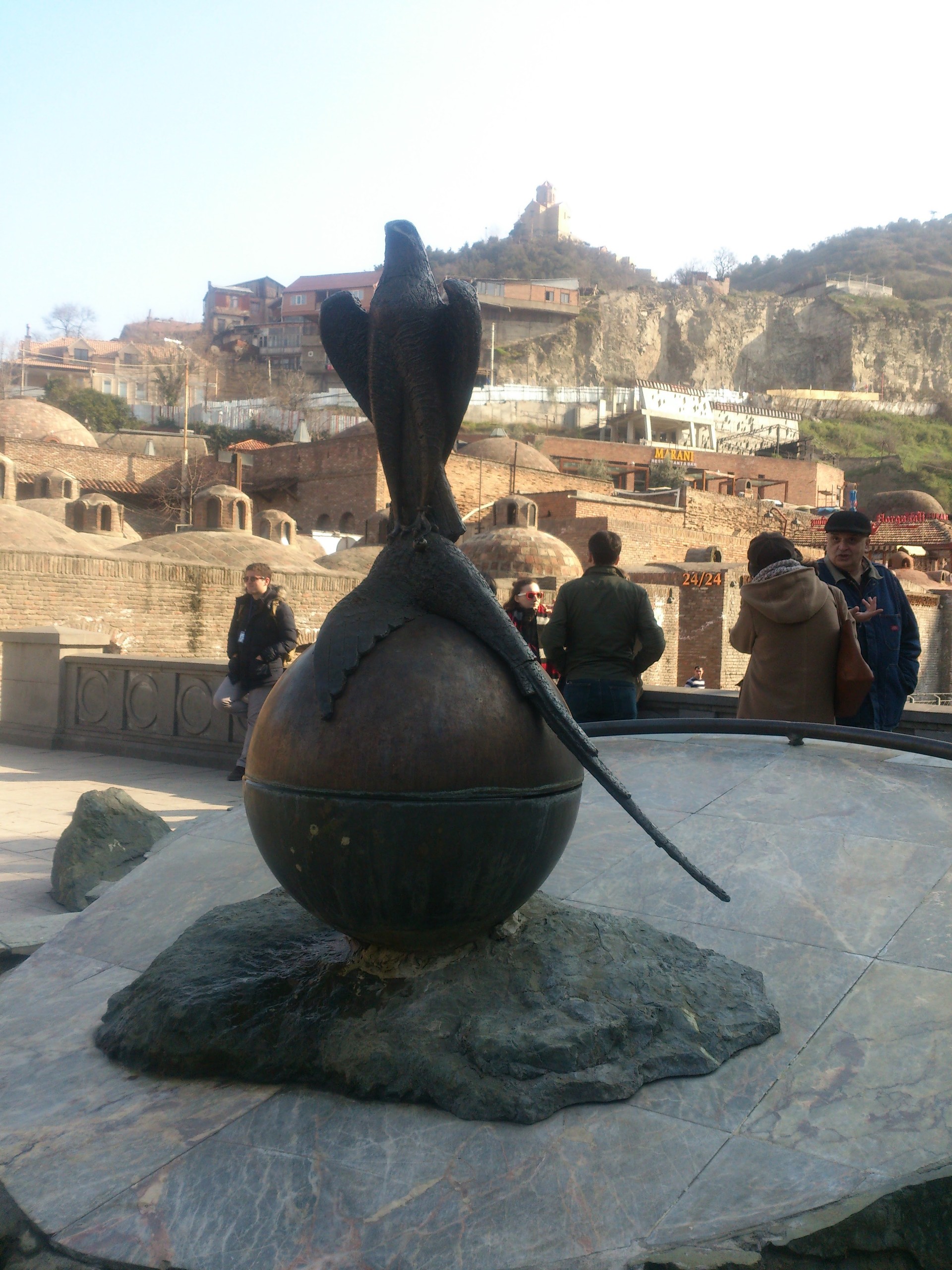
About Abanotubani
Abanotubani means a “district of baths” or something like that in English and it’s one of the oldest districts in Tbilisi on the right embankment of river Mtkvari. It’s called like that, because there are natural hot mineral waters baths there. They are the sulfuric baths and there are those baths built on them, so that people could go there and have some sulfuric baths there.
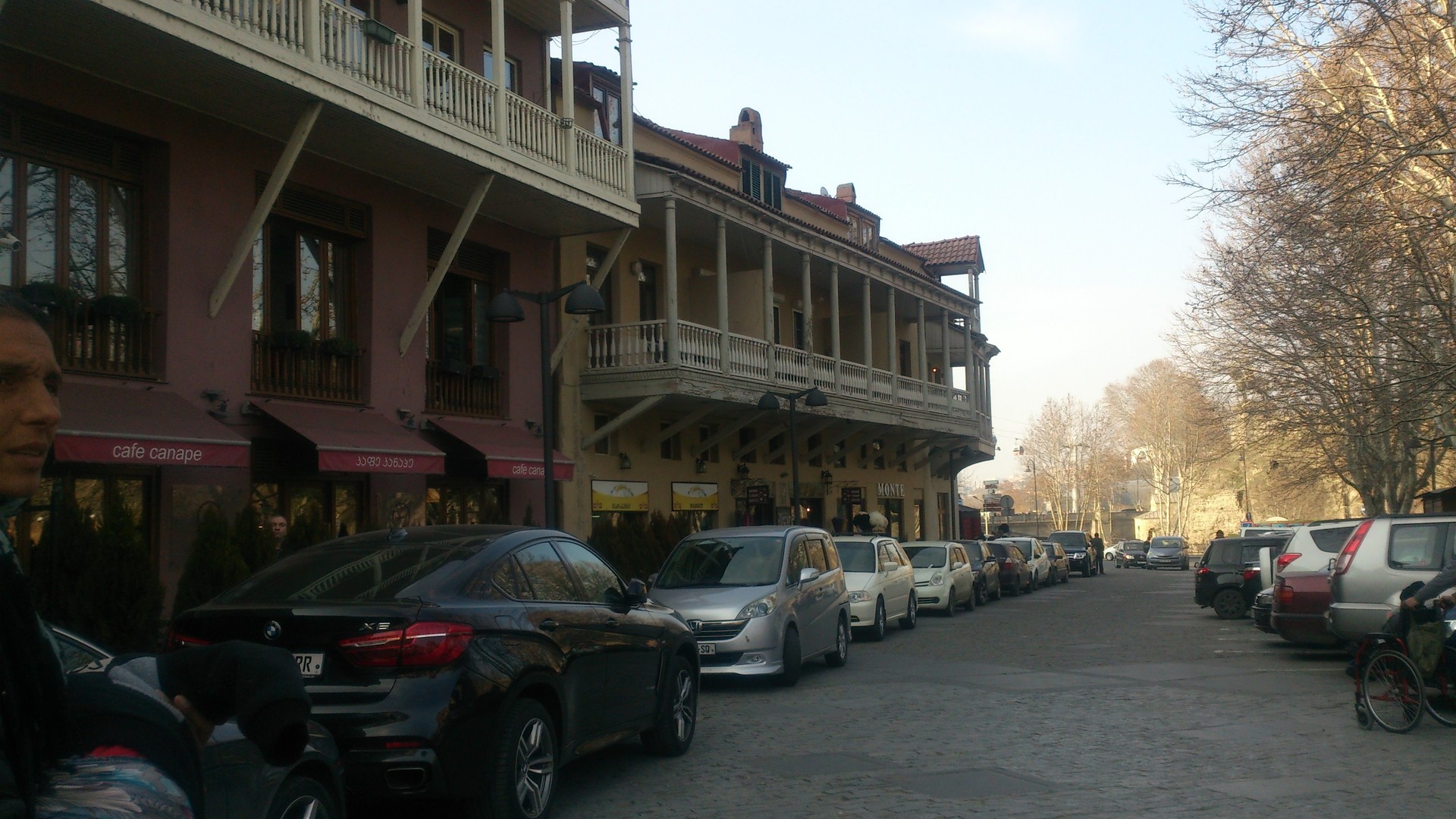
The legend says, that it all began in the 5-th century during the reign of the King Vakhtang Gorgasali. It’s said, that once, when the king was hunting, he had his eagle with him, too. There was this pheasant, which the eagle tried to catch and then both of them just fell into the hot waters in that area with that fighting and stuff with each other. And that was how they found out about the hot sulfuric waters and how the city of Tbilisi was founded, too.
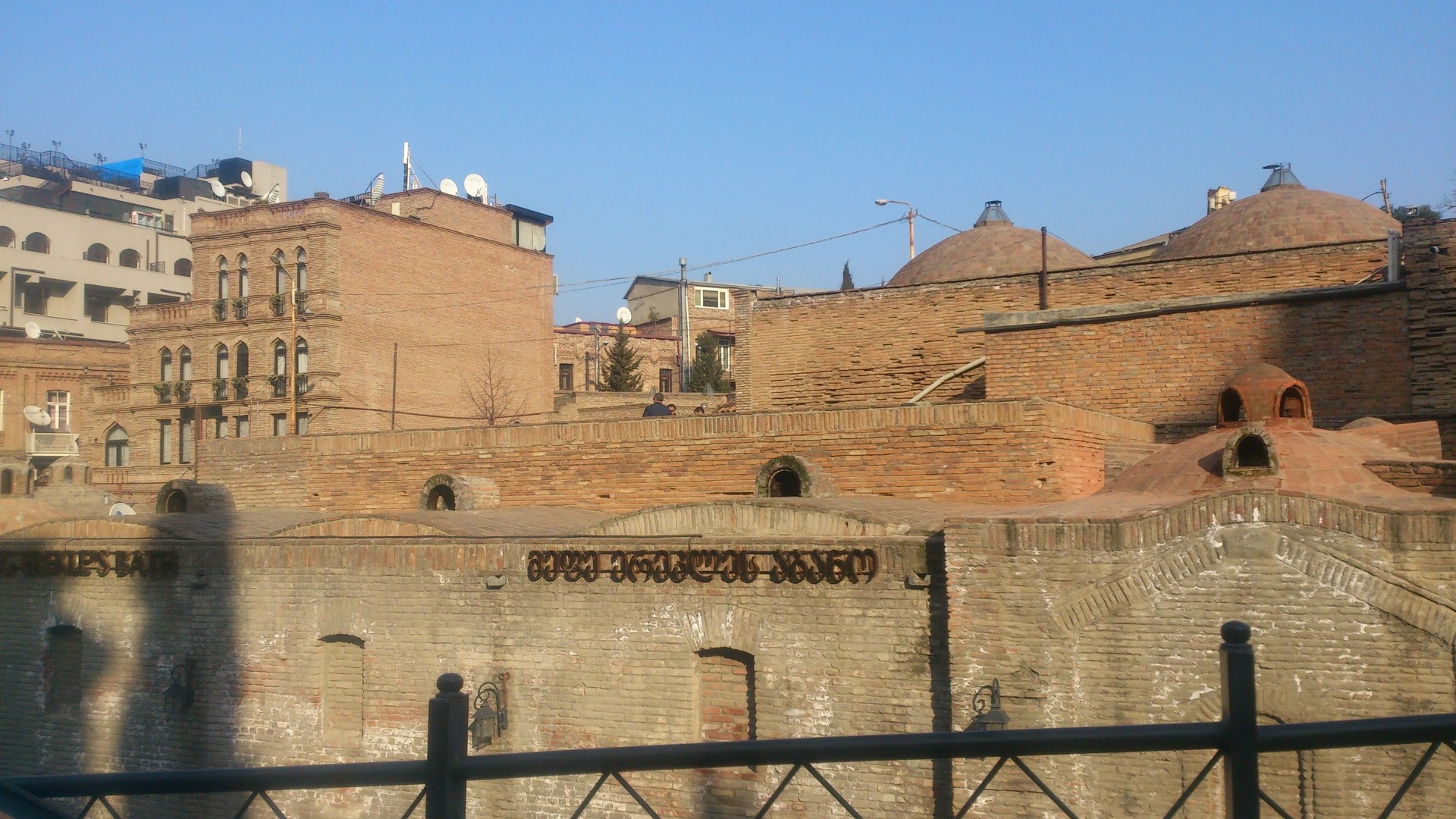
Marco Polo was one of the people, who visited Tbilisi in the 13-14-th centuries and wrote about it and he also visited the Abanotubani and the baths there.
There had been many baths in Abanotubani in the 17-19-th centuries, such as Erekle bath, Bebuta, Melik’s, Khoja, “Chreli”, etc. Now you can see many of the baths, which were built in the 17-18-th centuries with Iranian architecture.
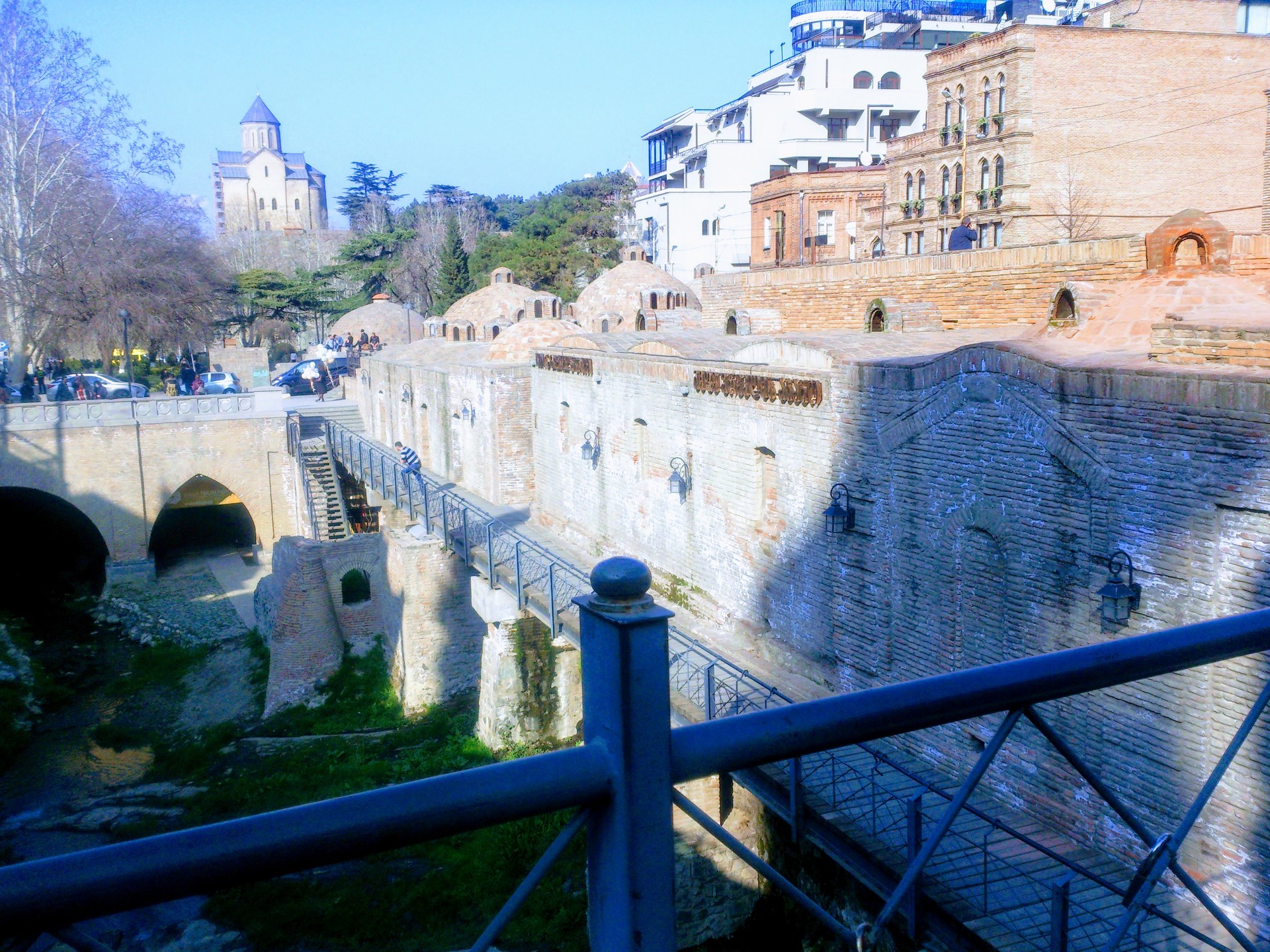
The baths were not just for the curing effect, but people came there for bathing and relaxation and they even had some feasts there and, to tell you the truth, the mother-in-laws often checked their daughter-in-laws’ beauty there in those baths.
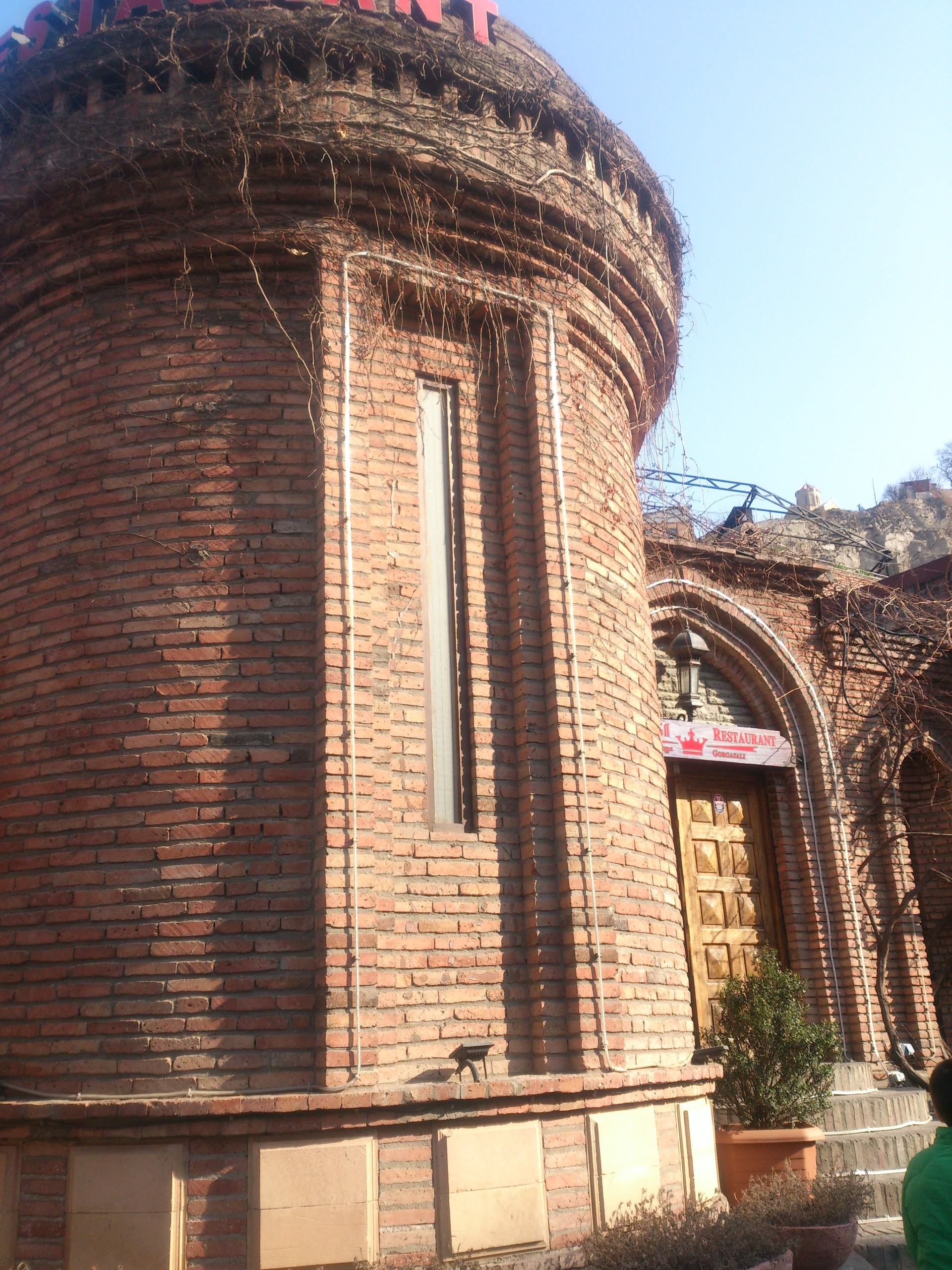
Photo gallery
Want to have your own Erasmus blog?
If you are experiencing living abroad, you're an avid traveller or want to promote the city where you live... create your own blog and share your adventures!
I want to create my Erasmus blog! →



























Comments (0 comments)